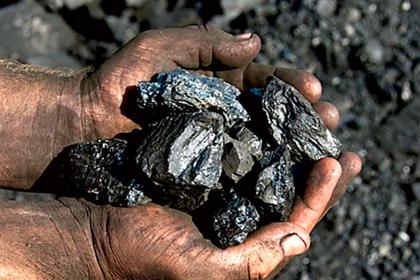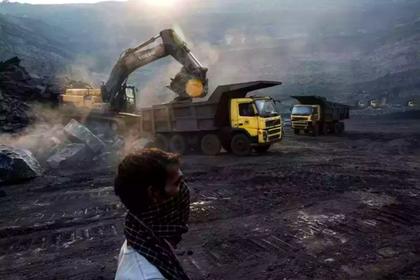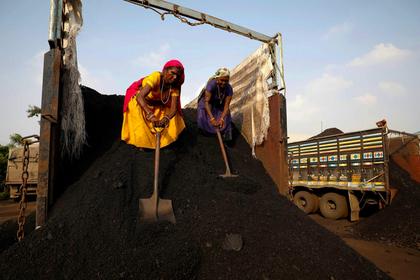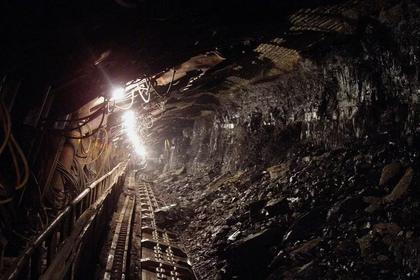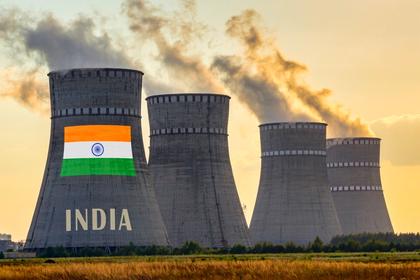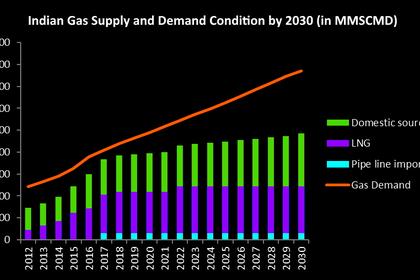
INDIA'S GRID NEED INVESTMENT
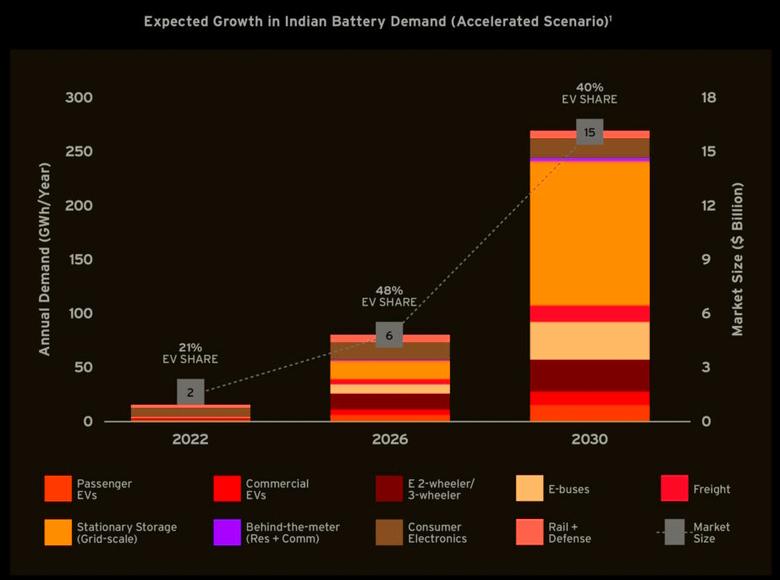
By A. K. SHYAM, PHD Assessor, Freelance Consultant
ENERGYCENTRAL - Apr 11, 2023 -
GRID evolution:
While power generation is important, the transmission of this power is equally important. George Westinghouse and William Stanley have been credited for the first demonstration of transmission of AC electricity to remotely located loads in 1886 with wires stung on elm trees along the transformers placed in the basements of buildings that were to be lighted. Later, George Westinghouse established ‘Westinghouse Electric Company (WEC)’ and successfully tested a 4 mile transmission line in Lawrenceville. These successes gave way for WEC operating 300 generating stations supply electricity primarily to lighting loads by 1890. A power grid system includes electricity generating stations, high-voltage transmission lines to carry electricity, distribution lines that connect end customers. The power grid has its own historical background for each country.
The basic electric grid model may not have changed much over a century. It is in the last decade that distributed generation resources need to balance an onslaught of new power sources from numerous locations. Electricity from either thermal / Hydro power plants is stepped up using a step-up transformer for transfer to long distances. Substation steppes down from transmission level voltage to distribution level voltage and distributed to customers through distribution lines.
Grid Network:
Central Electricity Regulatory Commission at the state and central level regulate electricity in India. Geographically, India is divided into five regions – Northern/Eastern/Western/North Eastern/and southern. After August 2006, Indian Electricity System has – Integrated Northern, Eastern, Western and North-Eastern regional grids (NEWNE) and Southern Grid. The power across the former can flow seamlessly as per load generation balance and are synchronous. Contrarily, the direction of power flow between Southern Grid and the rest of India which was manually controlled has been synchronised in the 12th Plan. Power System Operation Corporation Limited (POSOCO) was formed in 2010 to handle power management functions of Power Grid Corporation of India Ltd. (PGCIL). There is one National Control Centre followed by 5 Regional and 34 State control units. Despatch centres monitor grid operations, supervise control over inter-state transmission, optimize scheduling, account quantity of electricity transmitted and carry out real time operations of grid control and electricity despatch.
Grid Investment:
Power Grid Corporation of India Limited (PGCIL) recently obtained approval to invest Rs.803 crore for electricity transmission projects in India. One of the projects of the Western Region Expansion Scheme (WRES) at Rs. 386 crore is scheduled for commission by Nov. 2023. Similarly, North Eastern Region Expansion Scheme (NERES) at 109 crore is scheduled for commission by Nov. 2024. In addition, WR-NR inter regional corridor at an estimated cost of Rs. 201 crore and scheduled for commission by May 2024 would relieve high loading for the region. These investments would improve electricity transmission infrastructure leading to higher revenue for the Power Grid. Power Grid Corporation of India (PowerGrid) has also been successful in establishing inter-State Transmission System for Khavda Pooling Station-3 (KPS3) in Khavda RE Park as build, own, operate and transfer basis. Grid Controller of India Limited (GCIL) formerly known as Power System Operation Corporation Limited (POSOCO) enjoys the responsibility of Integrated operation of Indian Power System to facilitate transfer of electric power within and across regions and trans-national exchange of power with reliability, economy and sustainability. It further promotes innovation and adoption of latest technology with cyber security.
Smart Grid:
‘Smart Grid’ is a network that uses digital and other advanced technologies in monitoring and managing transport of electricity from ALL generation sources to meet varying demands across the country. In achieving this, it coordinates the needs and capabilities of all generators/grid operators/end users and even electricity market stakeholders as efficiently as possible. They achieve maximum system reliability, resilience, flexibility and stability while minimising costs and environmental impacts. With ‘Net Zero Emission’ target, investment in smart grid is understandable despite the disruption due to Covid-19 pandemic.
Advanced economies showed a strong increase of 6% in 2021 to support and enable electrification of buildings, industry and transport and to accommodate variable renewables for power generation. Many countries like, US have been indulged in investments that outpaced electricity demand growth as they were devoted to replacing and upgrading equipment and strengthening structures against weather related damage. China similarly, is likely to accelerate investment in 2022 focussing on ultra-high-voltage projects, upgrading distribution network and digitalization of grids. European distribution system foresees higher investment needs to focus on distributed energy resources and offshore wind farms, modernization of ageing infrastructure and digitalization.
Investment in electricity grids need average around USD600 billion annually through t0 2030 to achieve Net Zero Scenario (almost double the current investment levels). Roughly around 80 million km of transmission and distribution lines are deployed worldwide today as electricity networks are the backbone of reliable power systems. Considering their critical role, they capture a rising share of total power investments while aiming at carbon neutrality. Additional power options in the form of renewables are likely to complicate transmission and distribution network. In fact countries like Viet Nam announced that no new solar or wind projects would be started in view of its build-out of more than 20 GW of renewable in the last three years due to frequent grid overload. Similarly, Netherlands is experiencing a different kind of problem with non-corresponding increase in smart grid infrastructure matching rapid rise in electrification.
Digitalization of distribution sector encompasses smart meters and automation of substations, feeders, lines and transformers through sensors and monitoring devices. It also covers network digital twins and non-wire alternatives – flexibility services and standalone storage systems. Transmission business includes digitalization of power transformers, automation of substations and development of flexible alternating current transmission systems (FACTS) and advanced sensors. With more electric vehicles likely to be added over the next few years, vehicle public charging infrastructure would grow pretty rapidly.
The principal focus of investment in transmission is large scale interconnectors to meet projects under construction in various countries including India. They would balance supply and demand across regions, access remote energy resources and integrate variable renewables. Interconnectors also boost international power trading and power flexibility allowing efficient resource sharing especially hydropower, solar and wind. The Western African Power Pool (WAPP) happens to be the best example where technical integration of 14 member countries benefit – 6 TWh in 2020 likely to double by 2025.
Emerging Markets and Developing Economies (EMDEs) need hurriedly update electricity grids for energy transition. Regulators need to address their weak financial situation to ensure adequate investment frameworks, develop least cost system plans and correct network tariff designs. Legal and regulatory frameworks should ensure change in mindset, avoid risks of underinvestment and bottlenecks by improving integrated planning processes and establish adequate remuneration to incentivise smart grid. Mere grid expansion is not what important, modernization and digitalization are equally important in the Transmission and Distribution systems. Power utilities need a forward looking approach to resilience against extreme weather events, wildfires and cyber security risks. Resilience roadmaps should include weather predictive services, fire spread and flood modelling, deployment of sensors and high definition cameras and real time situational awareness.
CONCLUSION:
Reduction in raw material usage, adopting alternative material in grid components, circular solutions for dismantled grid assets and protecting biodiversity are a few key issues that they need to address on priority. They reduce life cycle environmental footprints and increase safety when critical mineral resources (copper especially) may become scarce and geographically concentrated.
-----
Earlier:
